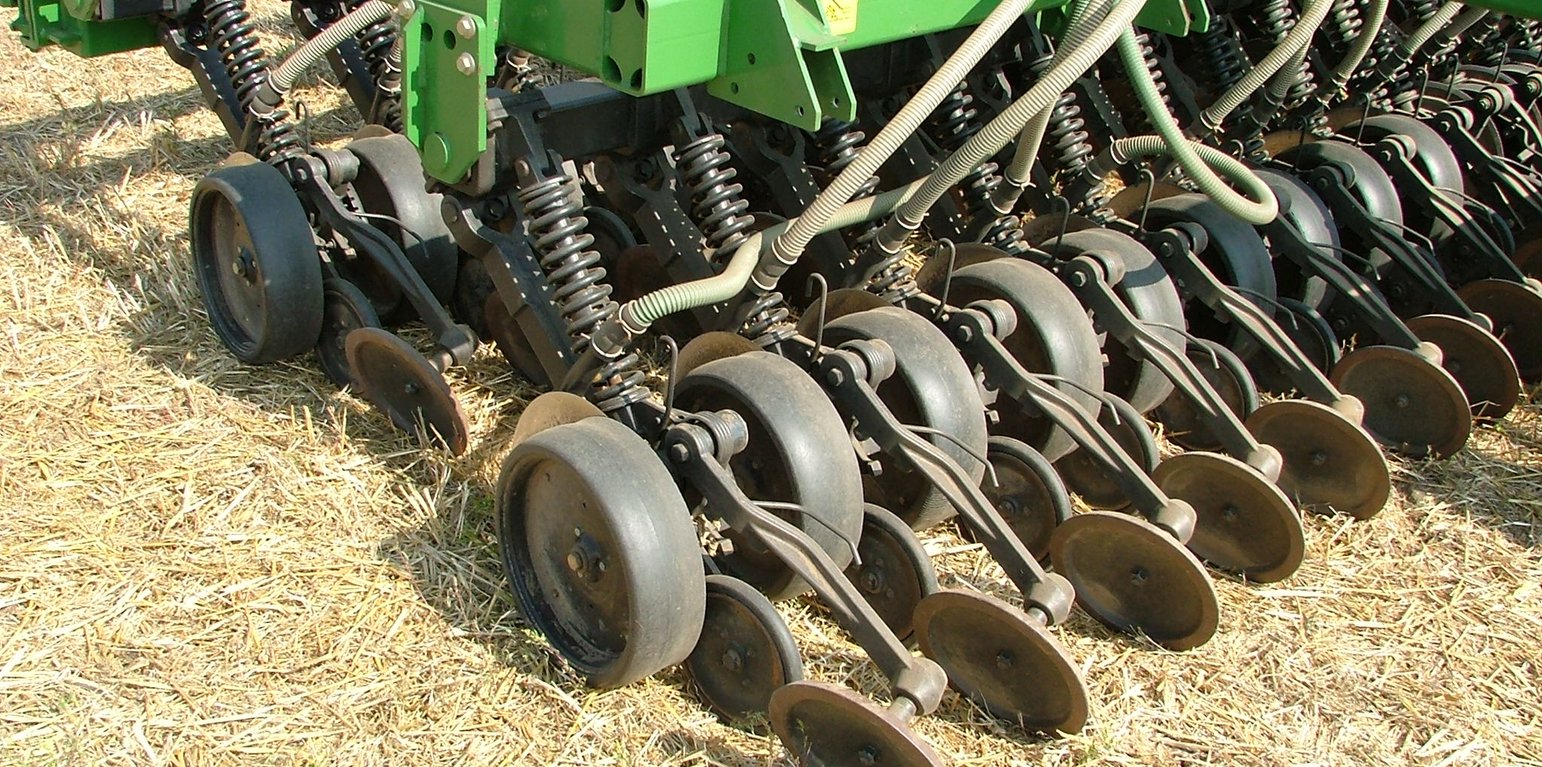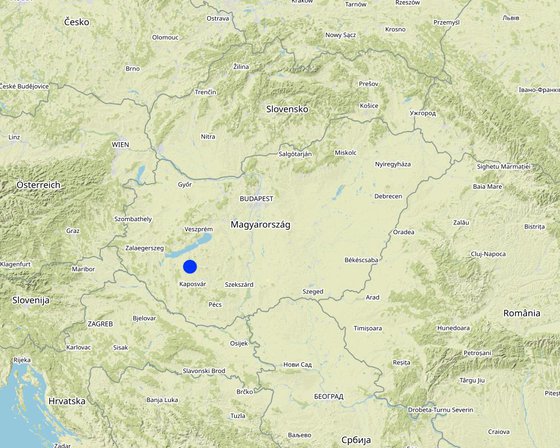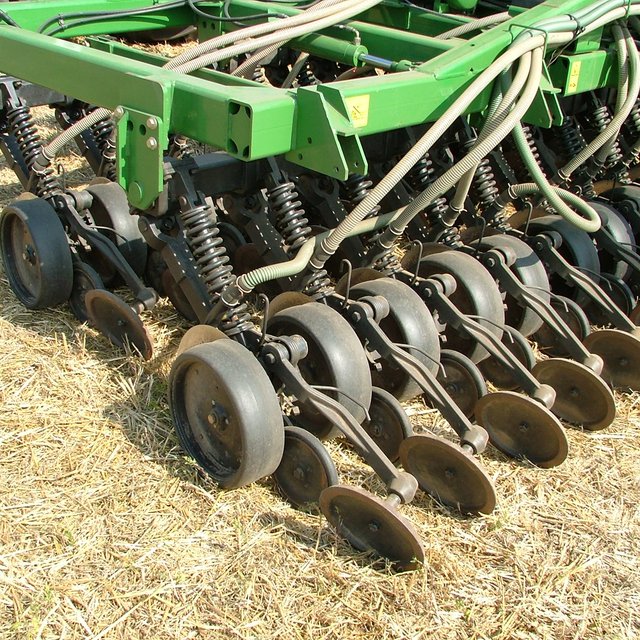



No-till agriculture is applied on arable land, principly for cereals and oil seed grains. It is not suitable for root and tuber crops. Crops are sown by a direct drilling machine capable of placing seeds into undisturbed soil. The soil surface is covered by the residues of the previous crop. There is no soil distubance by tillage as in conventional ploughing and harrowing.
The purpose is to reduce costs and labour requirements and to provide a mulch layer on the surface that creates better soil protection. Changing to no-till from conventional tillage requires the purchase or hire of a special direct drilling machine, and a higher performance tractor is also usually needed.
As a consequence of the adoption of no-till agriculture due to zero soil disturbance, soil microbes and mesofauna (very small invertebrates) are also undisturbed. Soil aggregates are more stable and the tunnel systems of mesofauna and earthworms result in good water infiltration. In addition – due to the mulch cover on the surface – the speed of runoff water is reduced or eliminated, and fewer pollutants reach watercourses.
Under zero tillage systems, mechanical pest and weed control cannot be used, so more intensive chemical weed and pest control is needed, resulting in a potential environmental hazard. Furthermore, as a result of continuous mulch cover, zero soil disturbance and high biodiversity in the soil, wildlife are attracted to these fields to feed on snails, worms and larvae which can cause damage to the crops.
The establishment of the technology is expensive in the short term (purchase of the machines) and yields will decrease significantly. However, labour and other costs (fuel for example) will drop. These turns running cost into positive in the long term again and establishment/ investment costs will also be positive (comparing to conventional tillage system.)

Location: Vityapuszta, Somogy County, Hungary
No. of Technology sites analysed: 2-10 sites
Spread of the Technology: applied at specific points/ concentrated on a small area
In a permanently protected area?: No
Date of implementation: 2010
Type of introduction






| Specify input | Unit | Quantity | Costs per Unit (USD) | Total costs per input (USD) | % of costs borne by land users |
| Equipment | |||||
| cost of direct drilling machine per ha | ha | 1.0 | 30.0 | 30.0 | 100.0 |
| Total costs for establishment of the Technology | 30.0 | ||||
| Total costs for establishment of the Technology in USD | 30.0 | ||||
Quantity before SLM: 150 USD
Quantity after SLM: 0 USD
No tillage results in lower annual tillage costs
Quantity before SLM: 150 USD
Quantity after SLM: 0 USD
Conventional plant production resulted in 150 USD extra income
person hours reduced to as low as the 25-30% of conventional tillage technology!
due to the lower yield levels and lower expenses on soil tillage, level of economical risk is also lower.
runoff water is held for longer due to mulch cover
more herbicide is used against weeds
wild animals like eating residues left on field and other organism such as snails